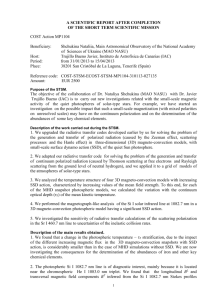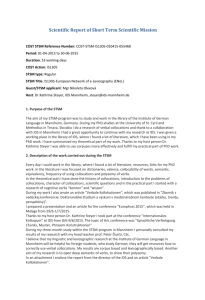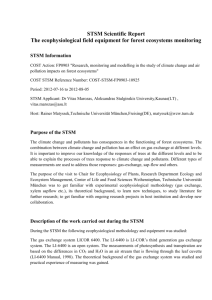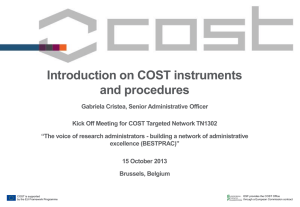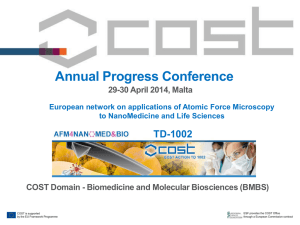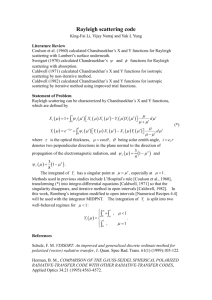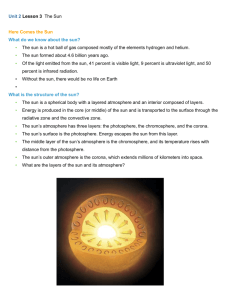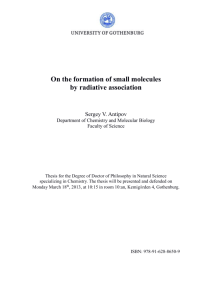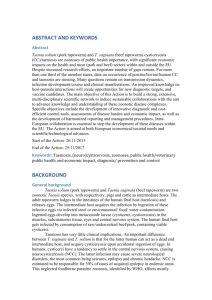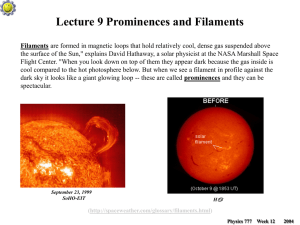Multidimensional radiative transfer effects on scattering polarization
advertisement
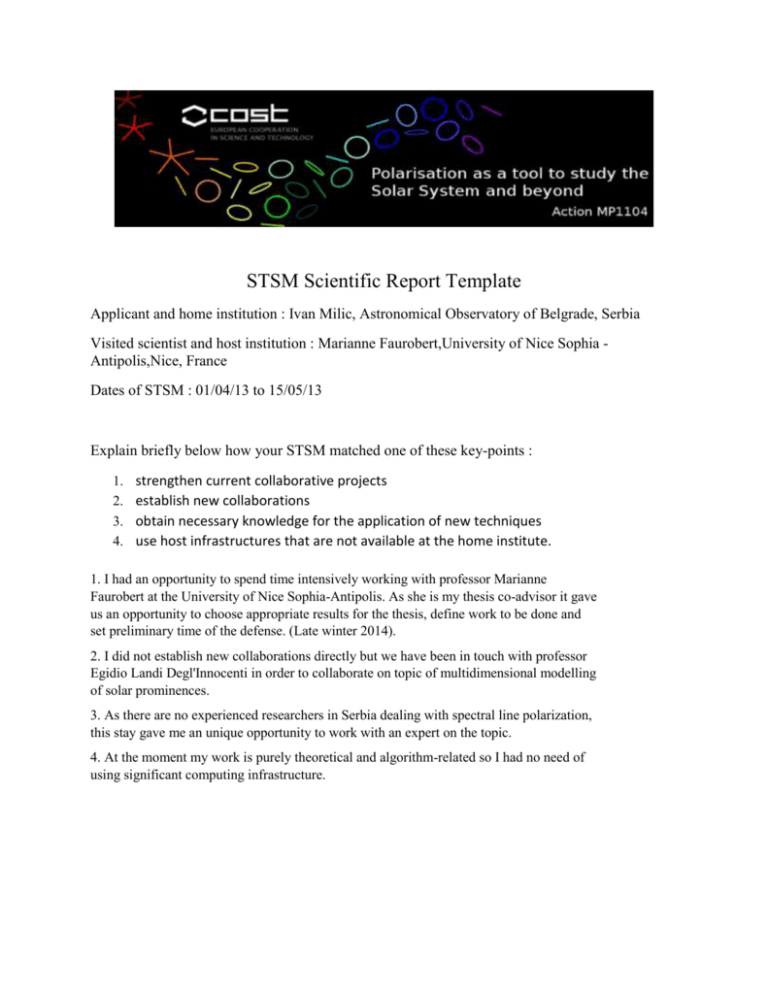
STSM Scientific Report Template Applicant and home institution : Ivan Milic, Astronomical Observatory of Belgrade, Serbia Visited scientist and host institution : Marianne Faurobert,University of Nice Sophia Antipolis,Nice, France Dates of STSM : 01/04/13 to 15/05/13 Explain briefly below how your STSM matched one of these key-points : 1. 2. 3. 4. strengthen current collaborative projects establish new collaborations obtain necessary knowledge for the application of new techniques use host infrastructures that are not available at the home institute. 1. I had an opportunity to spend time intensively working with professor Marianne Faurobert at the University of Nice Sophia-Antipolis. As she is my thesis co-advisor it gave us an opportunity to choose appropriate results for the thesis, define work to be done and set preliminary time of the defense. (Late winter 2014). 2. I did not establish new collaborations directly but we have been in touch with professor Egidio Landi Degl'Innocenti in order to collaborate on topic of multidimensional modelling of solar prominences. 3. As there are no experienced researchers in Serbia dealing with spectral line polarization, this stay gave me an unique opportunity to work with an expert on the topic. 4. At the moment my work is purely theoretical and algorithm-related so I had no need of using significant computing infrastructure. Describe below the activities carried out during the STSM and the main results obtained. We have applied for this STSM to support and extend my stay in Nice. Our current research topic is development of a 3D polarized radiative transfer code that we plan to use in order to study formation of molecular lines in solar atmosphere. So far we have: - Developed a 2D Cartesian radiative transfer code which also deals with scattering polarization and Hanle effect. It will be used as a comparison with future 3D code. - As a side project we have used the 2D code do model some simple polarized line formation in presence of the magnetic field in Solar prominences. We will present preliminary results at IAU Simposium on Solar prominences in Paris this June. - We have developed a scalar Cartesian 3D radiative transfer code and extensively tested it on academic test problems. We use standard Jacobi iteration with Ng acceleration to solve NLTE line formation problem. Code works properly so far. We will implement polarized part in upcoming two months and then try and apply the code to some MHD snapshots in order to study centre-to-limb variation of scattering polarization in molecular lines. - We also tested the code on line scattering in laboratory plasma. Due to the anisotropy of the problem, method converges slowly. We therefore plan to implement multi-grid technique to accelerate convergence further. - All results will be presented in Ivan Milić's PhD thesis and, hopefully, published in the near future.
